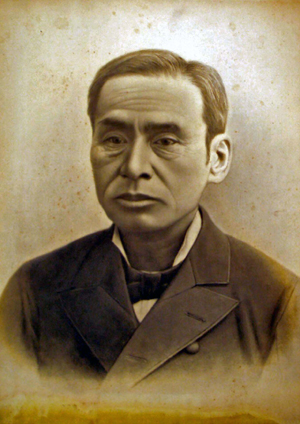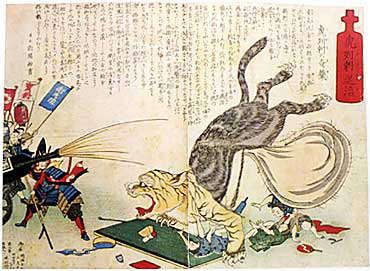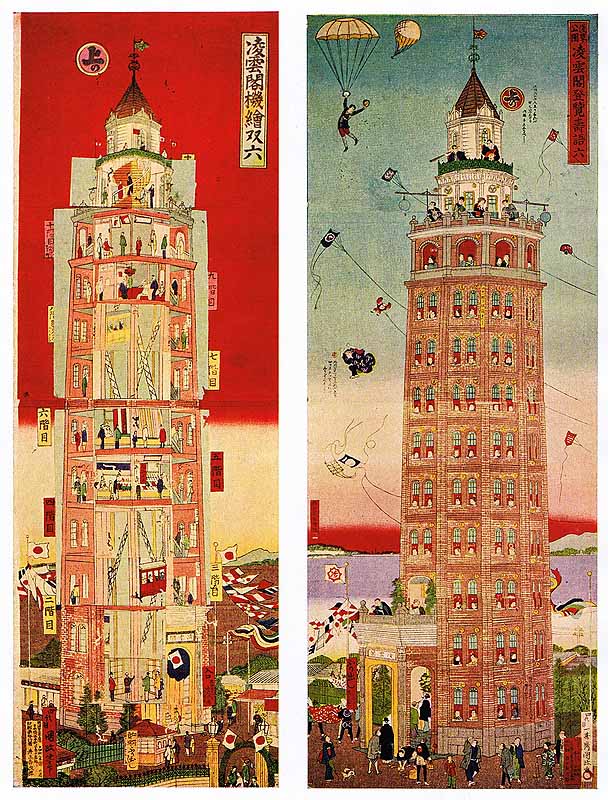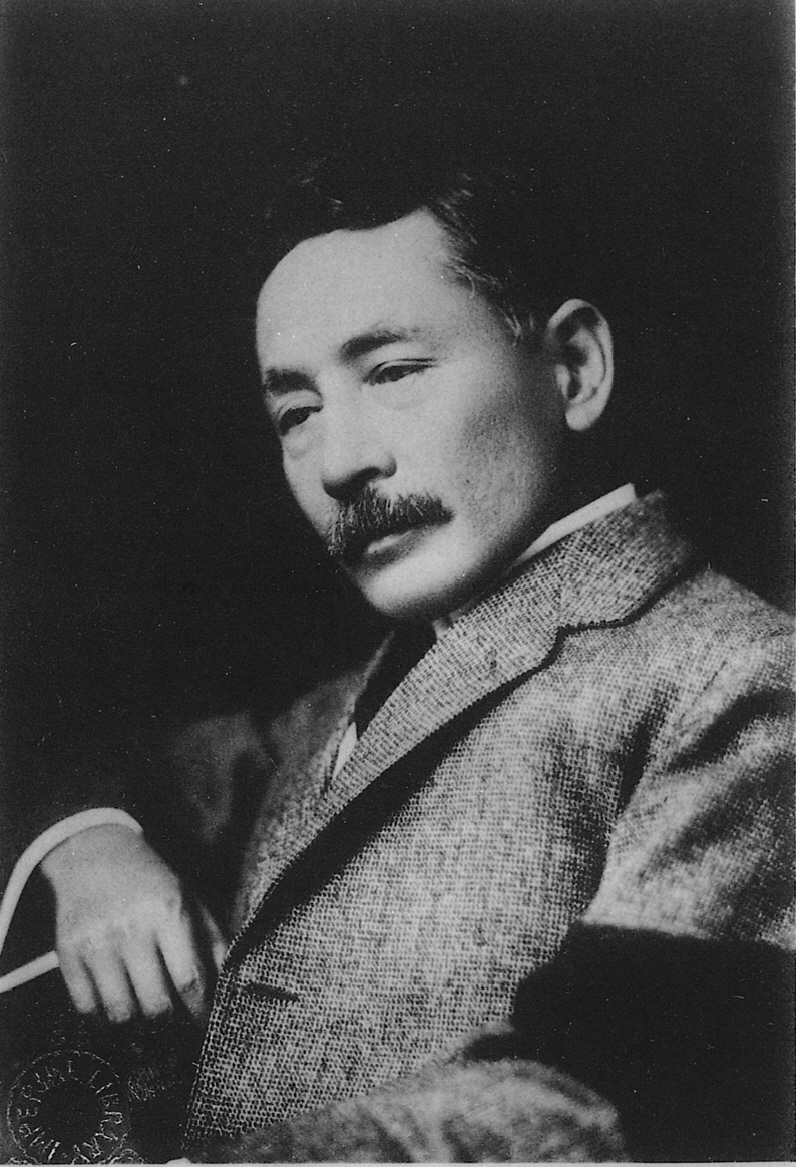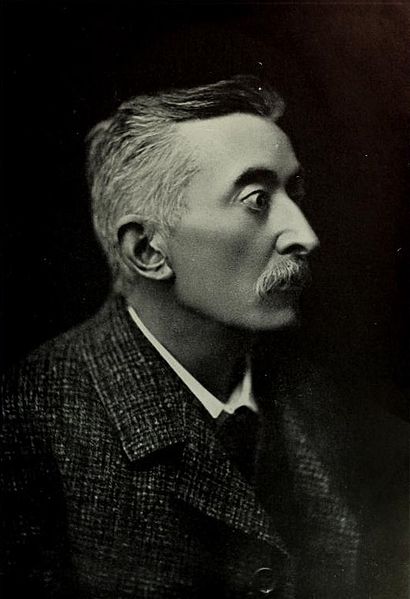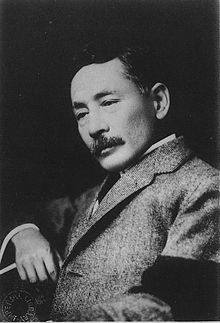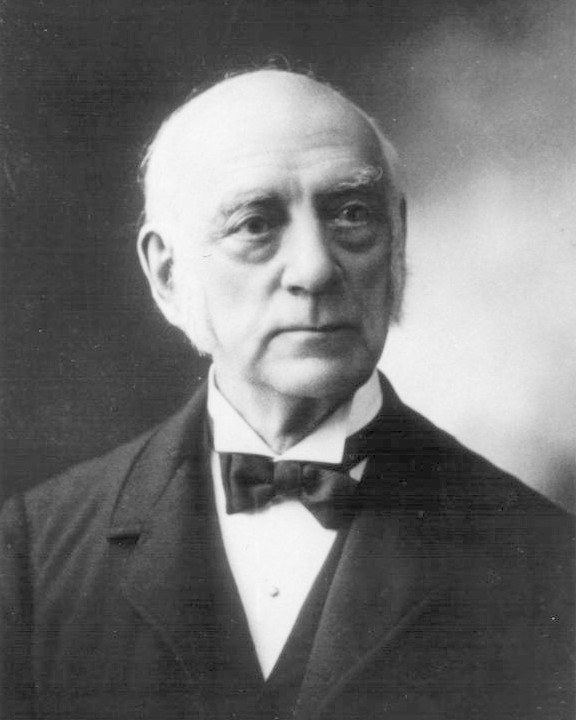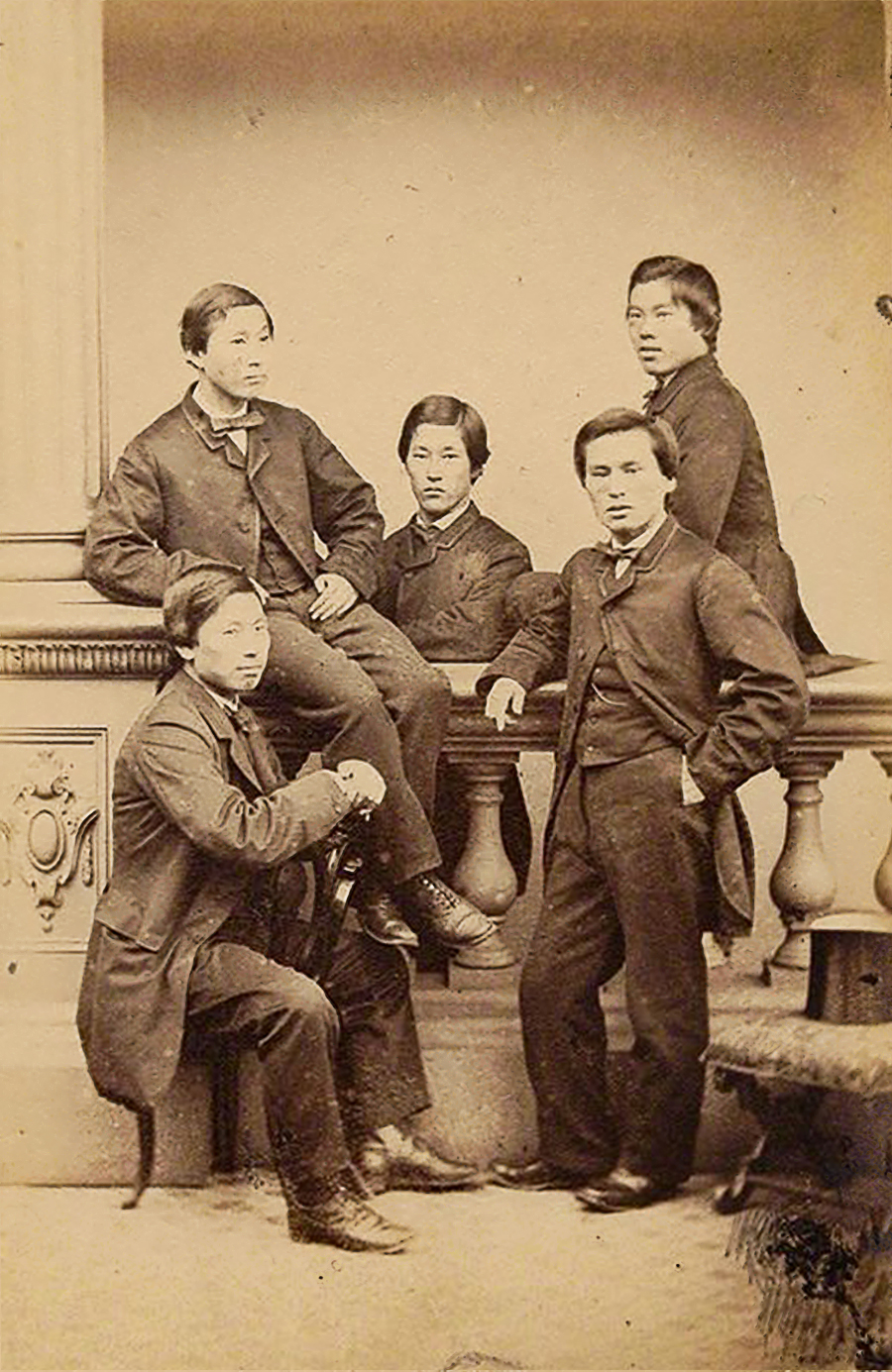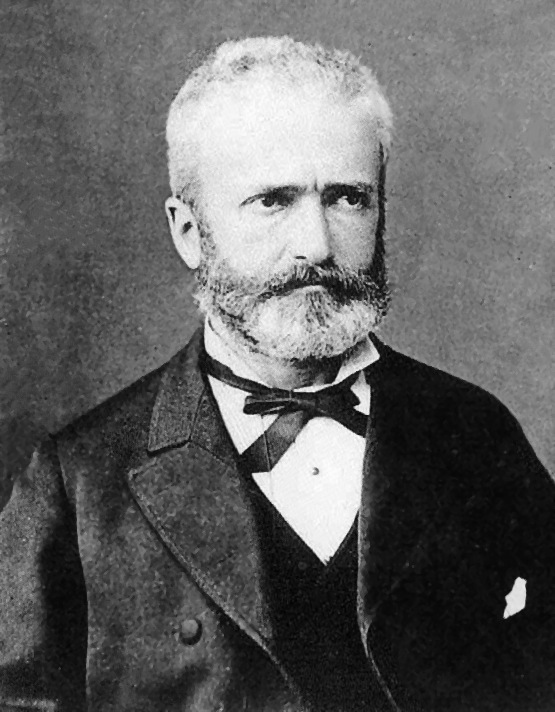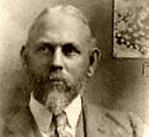 |
| Ernest Fenollosa |
Do you know the person who protected Japanese art? It was Ernest Francisco Fenollosa, an American philosopher and eastern art historian. In Meiji period, he came to Japan as an oyatoi gaikokujin [Editor's note: a hired foreign expert], and then he was fascinated with Japanese art. However, soon he was shocked that people didn’t treat Japanese art works as important things, so he tried to protect Japanese art. In his life, he visited Japan four times. In this essay, I will talk about three things; how Fenollosa loved Japanese art, how he affected people, and how he tried to protect Japanese art.
At first, I’ll introduce that Fenollosa really liked Japanese art. After he came to Japan, he was interested in Japanese art like an image of Buddha and Ukiyoe, so he started traveling old temples in all parts of the country. Also, he began collecting and studying old art works. Finally, he could collect about 20,000 Japanese art works, and now these are kept in Boston art museum. He wanted to know Japanese art and culture, so he learned Noh plays (能楽) and stayed at a teahouse. In addition, he became a pupil of Minoru Umewaka and decided to convert from Christianity to Buddhism. The more he knew about Japan, the more he loved Japanese art.
Next, I’ll talk that what effect Fenollosa had on people. At that time, Japanese people thought western art was superior to Japanese one. Then Fenollosa made a speech and changed people’s thinking. This speech was printed and handed out to all parts of Japan by new government. Fenollosa influenced many people, but especially, he really affected one person, Hōgai Kano. When Fenollosa went to the first contest of Japanese paintings, he was moved by a painting which Hōgai Kano painted. Though Hōgai refused to meet Fenollosa, Fenollosa went to Hōgai’s house every day and finally Hōgai met him. After Fenollosa could meet Hōgai, he supported Hōgai’s living and promised to buy all paintings which Hōgai drew, and gave advice about adding new style of painting. Later, Hōgai Kano became a pioneer of modern Japanese paintings.
Lastly, I’ll show how Fenollosa protected Japanese art. When he came to Japan, there was anti Buddhist movement(廃仏毀釈). People tended to break images of Buddha, temples and shrines. Fenollosa was shocked by that, so he asked Ministry of Education to create an art investigation committee. He searched more than about 450 art works and about sixty shrines and temples. Based on this investigation, the Ancient Temples and Shrines Protection Law was issued. Also, it triggered the idea of the National treasure. This notion, national treasure, was Fenollosa's. Now in Japan, there are 217 buildings and 871 art works and these are protected so that they are not lost.
In conclusion, Fenollosa found the worth of Japanese art works earlier than Japanese people at that time. Some people say that in collecting them, he drained important art works overseas. However, these still remain without being broken because Fenollosa collected them. If he had done nothing, these art works may not exist now, so Fenollosa was a benefactor of Japanese art.
References
“Ernest Fenollosa”(2013)-Wikipedia. Retrieved 2013.1.23. http://ja.wikipedia.org/wiki/%E3%82%A2%E3%83%BC%E3%83%8D%E3%82%B9%E3%83%88%E3%83%BB%E3%83%95%E3%82%A7%E3%83%8E%E3%83%AD%E3%82%B5
“National treasue”(2013)-Wikipedia. Retrieved 2013.1.23. http://ja.wikipedia.org/wiki/%E5%9B%BD%E5%AE%9D
日本の恩人 フェノロサ-Retrieved 2013.1.23. http://kajipon.sakura.ne.jp/kt/haka-topic36.html
“Ernest Fenollosa”(2013)-Wikipedia. Retrieved 2013.1.23. http://ja.wikipedia.org/wiki/%E3%82%A2%E3%83%BC%E3%83%8D%E3%82%B9%E3%83%88%E3%83%BB%E3%83%95%E3%82%A7%E3%83%8E%E3%83%AD%E3%82%B5
“National treasue”(2013)-Wikipedia. Retrieved 2013.1.23. http://ja.wikipedia.org/wiki/%E5%9B%BD%E5%AE%9D
日本の恩人 フェノロサ-Retrieved 2013.1.23. http://kajipon.sakura.ne.jp/kt/haka-topic36.html
